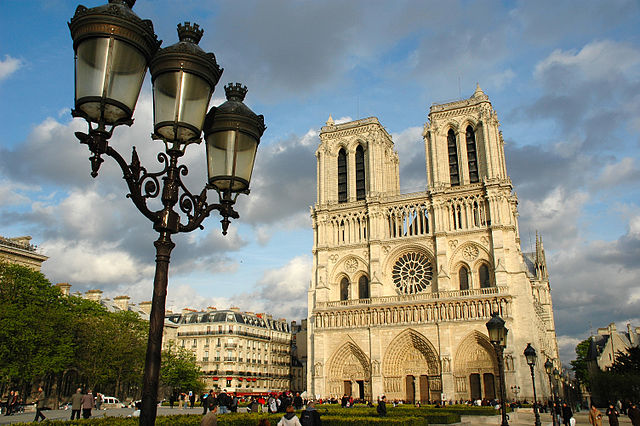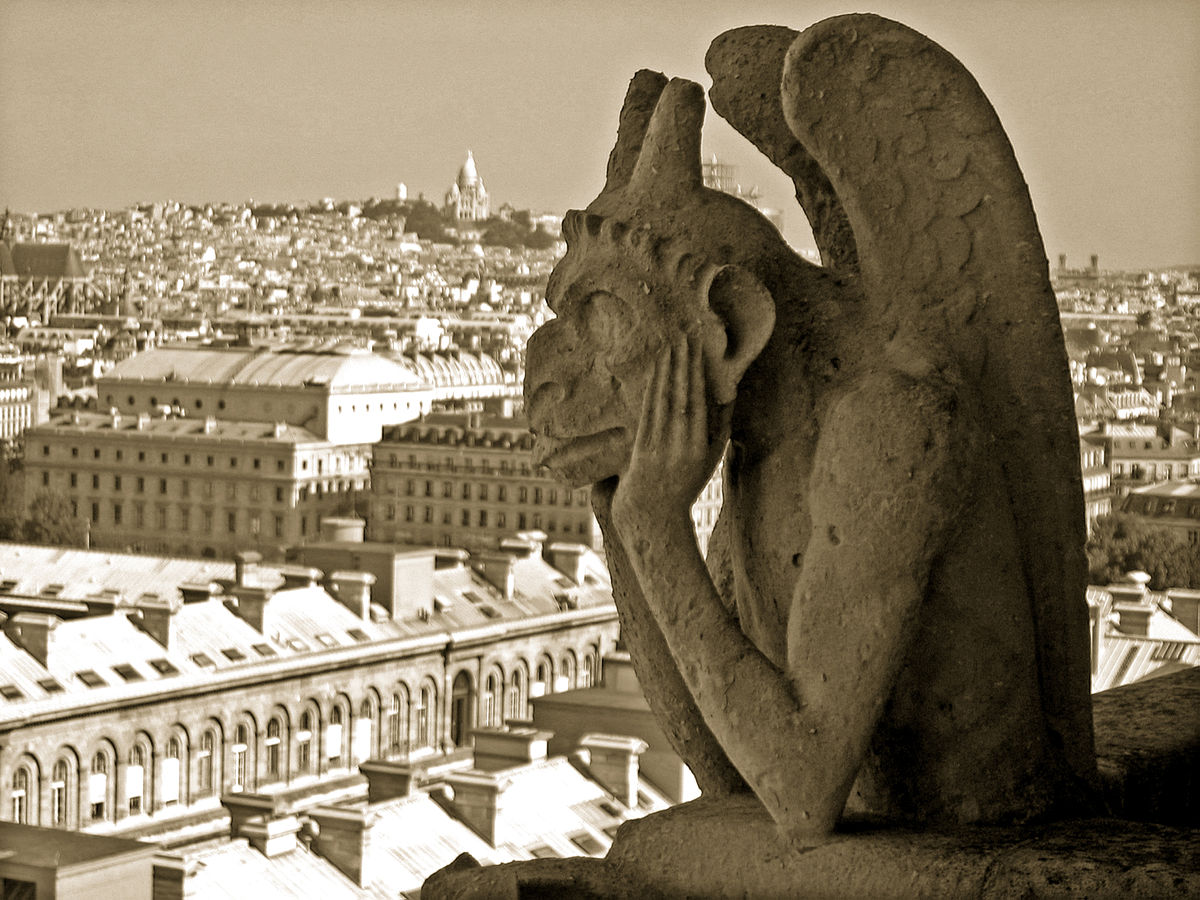The fire that ravaged the Cathedral of Notre Dame in mid-April was a tragedy felt around the world. In a digitally-connected age, viewers from all parts of the globe were able to watch the flames engulf the centuries old landmark in real time and collectively grieve in ways previously unimaginable. The fire will become an important part of the building’s history and provide important lessons about the fragility of our shared heritage for successive generations. But I am also hopeful that the response to the fire and its aftermath will be equally instructive and help give this tragedy some meaning and purpose.

It is true that small scale things, even important things, can be done by a single generation. It is all the more true that a piece of work cast on an heroic scale needs the labor of generations. It needs the consecutive efforts of grandfathers, fathers, and grandsons, “bound in a partnership not only between those who are living, those who are dead, and those who are about to be born.”
Hyman, Sidney. “Empire for Liberty.” In With Heritage So Rich, 23-24. Washington, DC: National Trust for Historic Preservation, 1999.
Beyond the heart-wrenching images and videos, two things about Notre Dame struck me as remarkable. First was the scale and thoughtfulness of the news coverage. Every television station, website, social media platform, and print publication seemed to have some level of coverage about the fire and its aftermath for days and even weeks afterwards. The media interest in this awesome tragedy from all corners of the globe was incredible and strangely comforting. It showed that people cared – not just about the gruesomeness of the flames themselves, but about the details of the salvage operation, stabilization efforts, philanthropy, and restoration process. In a world of sensational journalism where new stories fly at your face at the speed of light, the world was stopping to ask questions and seek out meaningful answers about the preservation of a magnificent old building.
The second thing that struck me was some of the reactions to the tragedy that were peppered amongst clips of the spire and the Crown of Thorns. Most interesting were the words of Parisians – the people who live and work alongside Our Lady every day. In one radio interview, an 18-year-old French woman expressed great sadness and regret about the fire. She walked by the church every day on her way to and from school and just took it for granted. It had always been there and she assumed it always would be, so she didn’t really notice it anymore. But the fire had made her realize how much she’d miss that building and how empty Paris would feel if it were gone.
This was the AH HA moment – the moment when I realized that this incredible tragedy might have some enduringly positive outcome. The fire at Notre Dame had prompted a worldwide conversation about cultural heritage – its fragility, vulnerability, and importance. This conversation wasn’t just happening between experts in specialized venues, but amongst everyday people on mass media platforms. Could the ashes of this monument help resurrect an interest preserving other historic places before they suffer a similar fate?
While Notre Dame is a place of global significance, it belongs to France, specifically to Paris. In another news story, a Muslim taxi driver from Paris who, despite having no religious association with the building, grieved for the imposing Catholic church. Yes, Notre Dame is an iconic building whose grandeur and artistry have few rivals anywhere, but it is also part of the city’s skyline, identity, and legacy – and it belongs to every person who calls Paris home, regardless of their ethnicity, income, or religion.
As Preservation Month approaches, I have been wondering whether there’s a lesson in Notre Dame for all of us – what are the landmark buildings in our communities that we can’t imagine living without, but also take for granted? What are our Notre Dames?
Old buildings succumb to fire, development, and abandonment all the time. Most of these places go relatively unnoticed, and their loss usually doesn’t move the needle on public sentiment around historic preservation. Individually, they are dismissed as “no big deal”, but collectively these losses profoundly change our communities and our sense of orientation and place.
The restoration of Notre Dame will play out over years and possibly decades, allowing the world to watch and participate in a process that is often as mysterious as it is mystifying. Perhaps, the connectedness we take for granted will encourage an even greater sense of shared ownership of Notre Dame. But I also hope the near loss of one icon will inspire each of us to inspire action to help preserve others. #PreservAtionHappensHere
Take a few moments during Preservation Month to think about the places that matter in your communities and assess what might be done to preserve them for future generations.
*Talk to your family, neighbors, and community leaders about the places they consider iconic in their community. Tell them about yours and why it’s important to you.
*Find out if those places are documented. Are they listed in the National Register of Historic Places? Are they on a local register or in a local historic district?
*Identify ways that you can help preserve those places – donate to a non-profit organization, take a tour (and take lots of friends), volunteer to help clean up or do work on the property, or prepare and submit survey information.

Leave a Reply